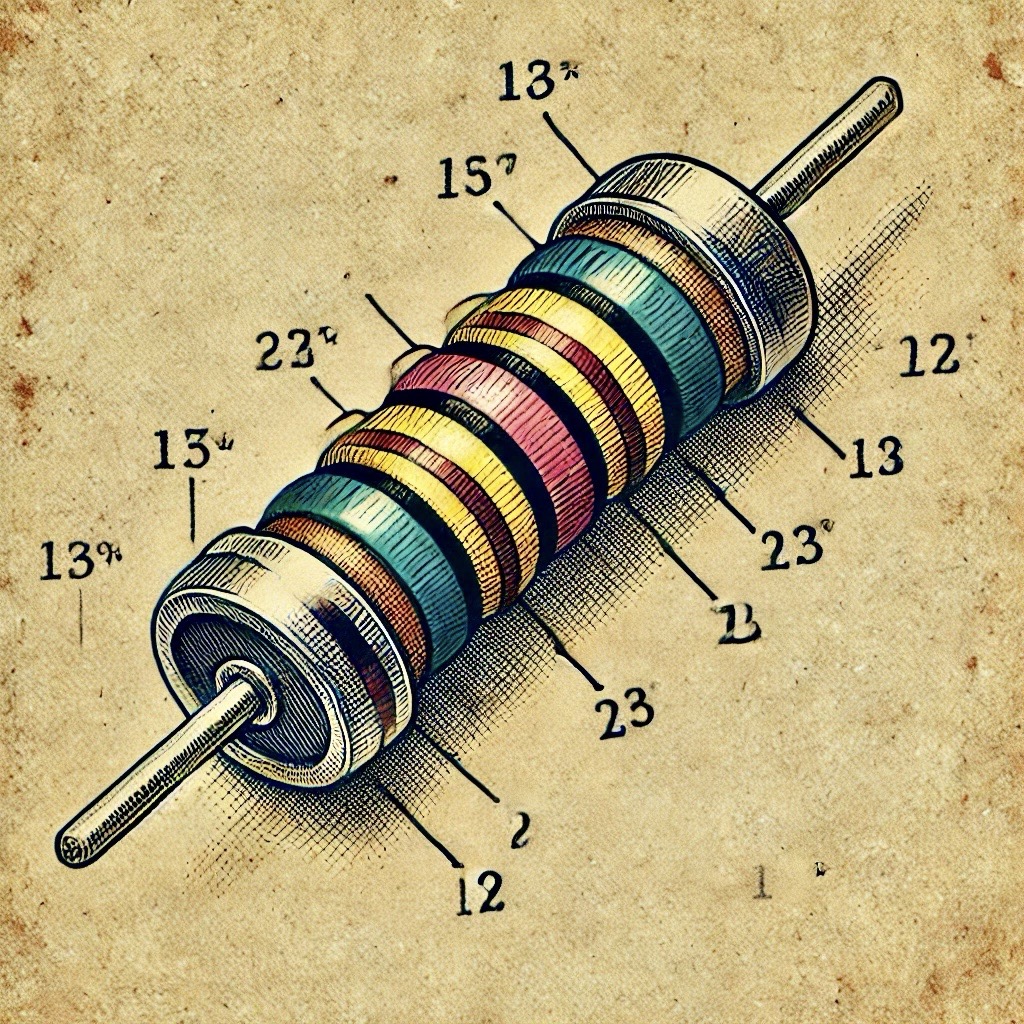
Pull-up and Pull-down Resistors Tutorial
An in-depth guide to pull-up and pull-down resistors, explaining their role in electronic circuits with practical examples and diagrams.

An in-depth guide to pull-up and pull-down resistors, explaining their role in electronic circuits with practical examples and diagrams.
Pull-up and pull-down resistors are essential components in digital circuits. They ensure that input pins of microcontrollers, logic gates, or other digital components are at a defined logic level (HIGH or LOW) when no external signal is applied.
The following diagrams illustrate the basic configuration of pull-up and pull-down resistors:
A pull-up resistor connects the input pin to the power supply (Vcc). When no other signal is applied, the resistor "pulls" the voltage level of the pin up to a HIGH state (logic level 1). This prevents the pin from floating, which can cause erratic circuit behavior.
A pull-down resistor connects the input pin to ground (GND). When no other signal is applied, the resistor "pulls" the voltage level of the pin down to a LOW state (logic level 0). Like pull-up resistors, this ensures a stable and predictable input state.
The value of a pull-up or pull-down resistor depends on the circuit requirements. The resistor should be large enough to minimize current consumption but small enough to ensure the pin reaches the desired logic level quickly. A common range is 4.7kΩ to 10kΩ.
For example:
These resistors are widely used in the following scenarios:
Consider a circuit where a button is connected to a microcontroller input pin. A pull-up resistor ensures the pin is HIGH when the button is not pressed. When the button is pressed, the pin is connected to GND, pulling it LOW.
This configuration prevents the input pin from floating, ensuring reliable operation.
To see pull-up and pull-down resistors in action, follow these steps:
Notice how the resistor stabilizes the input and eliminates erratic behavior.
Test how changing the pull-up or pull-down resistor value affects the circuit:
Changing the value of the pull-up or pull-down resistor can affect the circuit in several ways:
By testing different resistor values (e.g., 1kΩ, 4.7kΩ, and 10kΩ), you can determine the optimal balance between power efficiency, response time, and stability for your application.